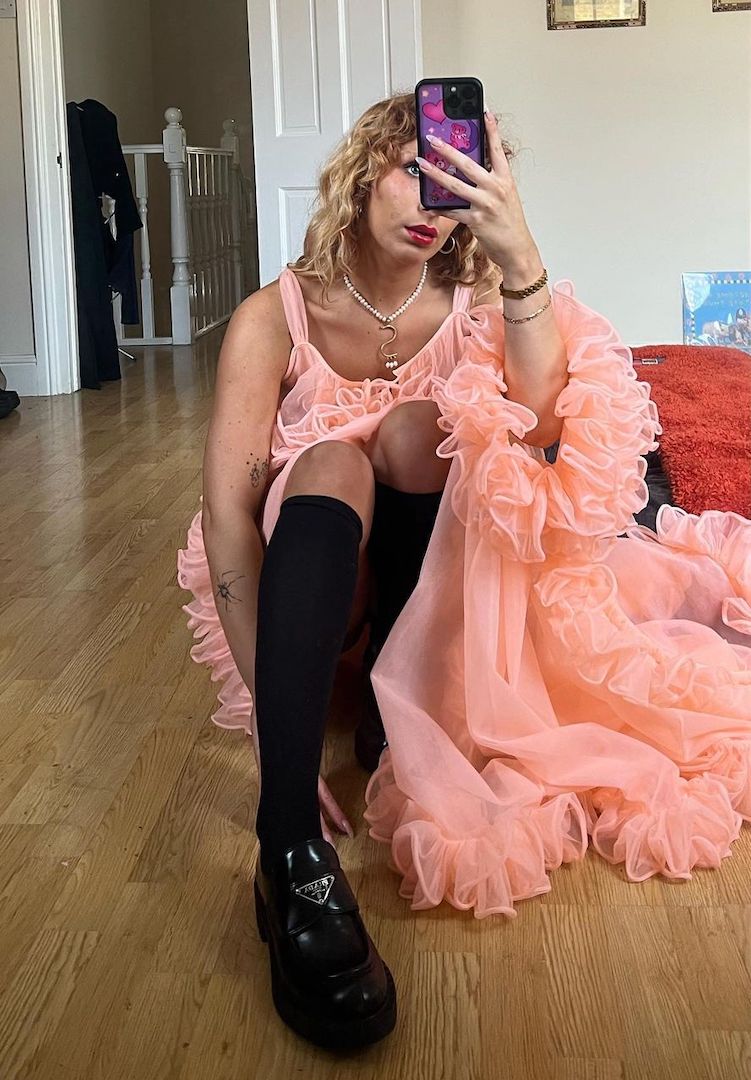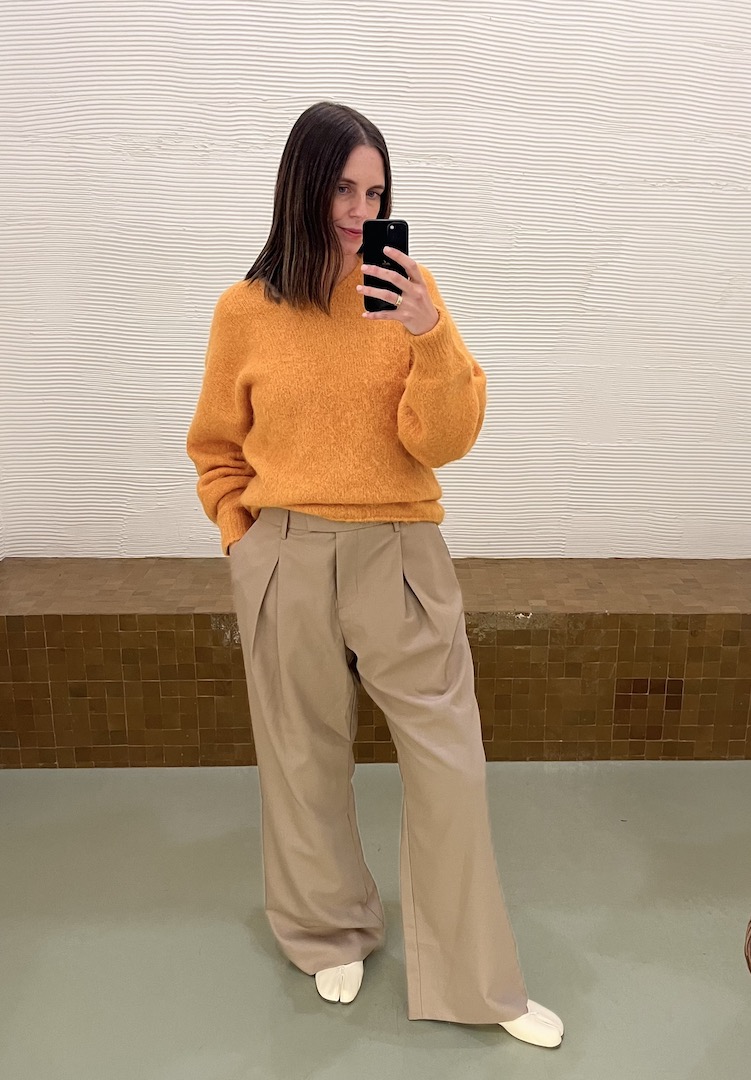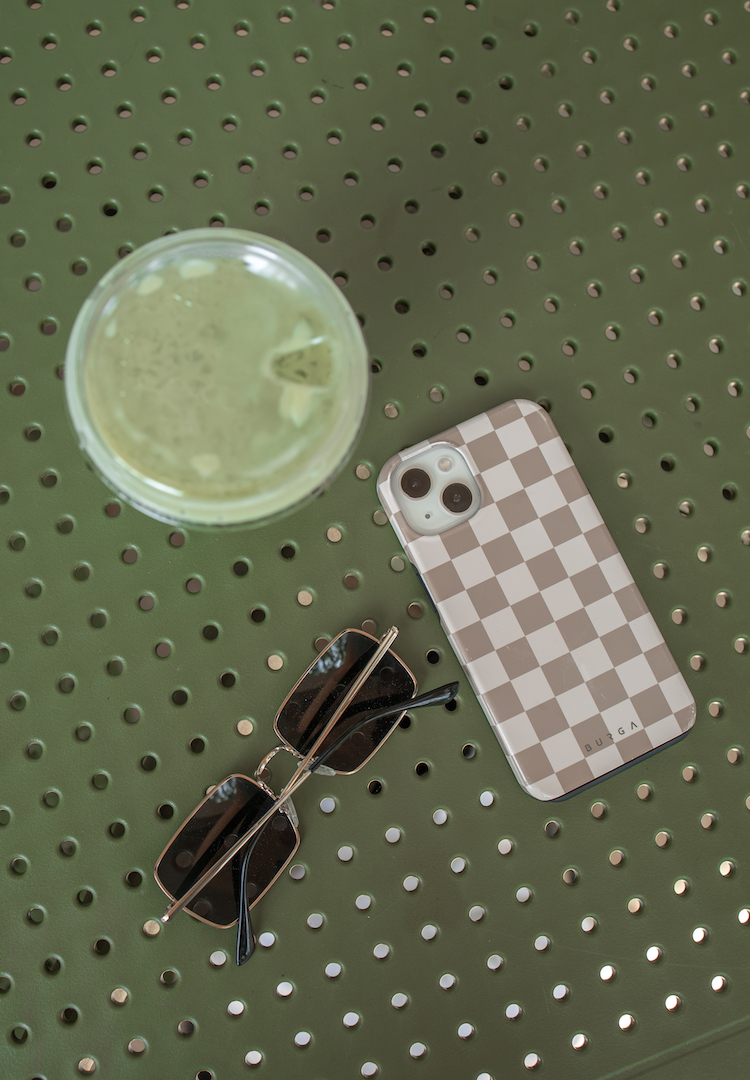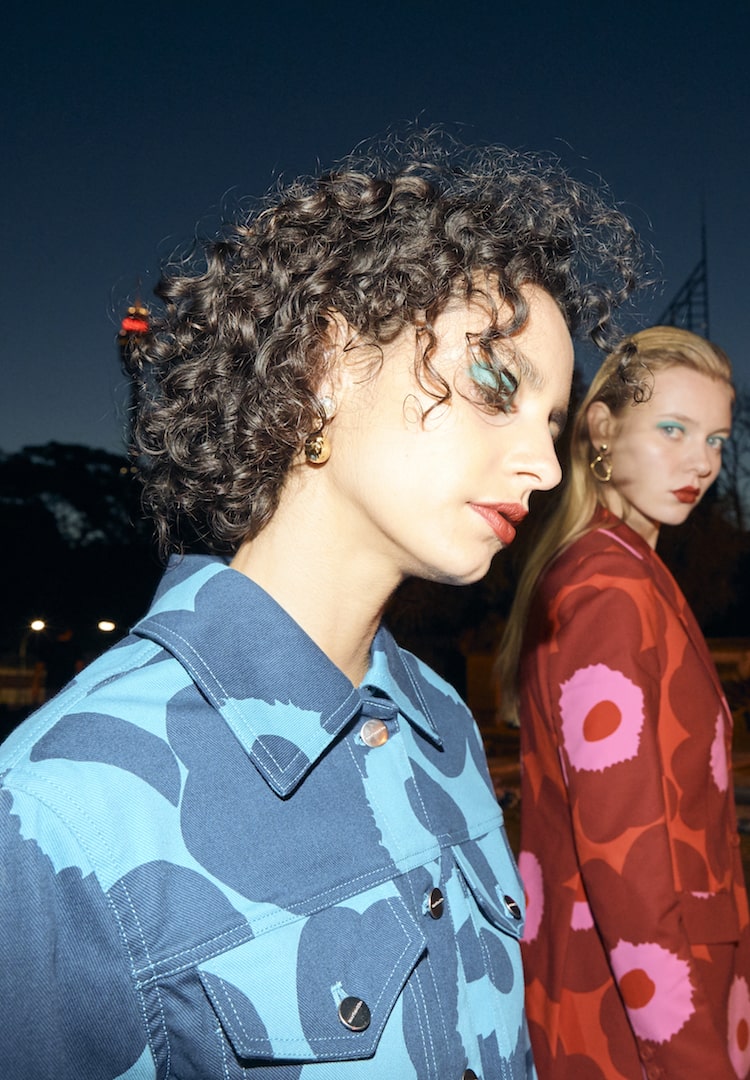Deleting social media broke my fast fashion addiction
Words by Georgie Desailly
“How do we fight against the constant barrage of new trends and products capturing feeds (and brains)?”
Five years ago, I deleted all my social media accounts. Why? Up until 2017, I was spending every spare moment endlessly double-tapping, scrolling through feeds and snapping pics for Instagram. It was the equivalent of a full-time job, and I was exhausted. Eventually, I’d had enough, and what was intended to be a one-month break turned into a permanent delete and reset.
While experiencing the benefits of living disconnected (improved mental health, more productivity and decreased fatigue), the one thing that surprised me the most was how it completely changed my relationship with fast fashion.
For more fashion news, shoots, articles and features, head to our Fashion section.
In the months following my initial delete and reset, I started to become hyper-aware of my consumption habits. I learned about the importance of sustainability and began embracing slow fashion, eventually switching to shopping entirely secondhand. How is it I went from a self-professed fast fashion addict to a conscious consumer after the simple deletion of a few apps on my phone?
New York-based Fashion Psychologist, Shakaila Forbes-Bell, attributes it to the fact that I was no longer being influenced by feeds full of fashion-related content and tailored ads promoting new trends; something she notes has played a key role in perpetuating fast fashion.
As the founder of Fashion Is Psychology and author of the newly released book Big Dress Energy, Shakaila teaches consumers how to change their habits and rewire their thought processes to understand the psychology behind their styling and shopping decisions.
“Social media has increased our desire for instant gratification, which has further enhanced the appeal for fast fashion and trending pieces,” explains Shakaila.
“Curated content feeds coupled with personalised ads constantly show social media users idealised images that they’re able to buy their way into with just a few clicks. It encourages fast and often mindless consumption, which is ideal for fast fashion brands.”
It’s no secret that social media has expedited the connection between consumers and products, with many of the apps having shifted from their initial focus on social connection to form a more ad-based approach aimed at consumers.
You only need to look at Instagram’s Shop Now tab (soon to be called Tab Lite) which, since its introduction in 2020, has turned the platform into the equivalent of a mini online shop, and, as Shakaila points out, capitalised off our desire to ‘belong’.
“It’s appealing to be part of the current cultural zeitgeist… studies have also shown that fast fashion consumers are heavily influenced by the opinions – both positive and negative – from members of their social media community,” Shakaila says.
In 2020, the number of Australian consumers who made purchases through social media amounted to 5.3 million, according to Statistica. This number is expected to increase to 6.4 million by 2024. Yet, with many companies now targeting adolescents with social media marketing, Shakaila says it’s this demographic who are the most vulnerable.
“The frontal and prefrontal cortex are areas of the brain involved in measured decision making,” she explains. “Research shows that adolescent brains aren’t able to access these areas as quickly as fully-formed adult brains, causing adolescents to act more impulsively… they’re more susceptible to jump[ing] on fast fashion trends.”
However, it isn’t all doom and gloom. In the same way that fast fashion brands are leveraging social media to promote their products, Shakaila says these platforms “can be used by the sustainable fashion space to encourage a change in consumption habits” and motivate habits like repairing, re-wearing and secondhand shopping.
But with social commerce in Australia only predicted to grow, how do we fight against the constant barrage of new trends and products capturing feeds (and brains)? Here, Shakaila advises her ‘four, three, two, one rule’, which aims to train our brains to only buy clothes we know we’re going to wear.
The first step is ‘four years’. “Before you consider buying something on social media, ask yourself if you’ll still be wearing it in four years’ time. Avoid impulse shopping by picturing your future self in the outfit,” Shakaila says.
The next is ‘three outfits or occasions’. If you can’t see yourself wearing the garment on at least three different occasions or with three different outfits, Shakaila explains “it probably won’t give you the longevity you should be looking for”.
Next, ‘two deep breaths’. “Arguably the most important step, taking a couple of deep breaths before making a purchase decision will directly combat the rush of the neurotransmitter dopamine that is crippling the areas in the brain responsible for decision making,” Shakaila tells me.
And finally, ‘one night’s sleep’. Put your phone away and enjoy a night of rest. If you’re still thinking about the item in the morning, it’s likely a sign of a good purchase. Who can argue with that?
This article was originally published on December 14, 2022.
For more on becoming a conscious fashion consumer, head here.










